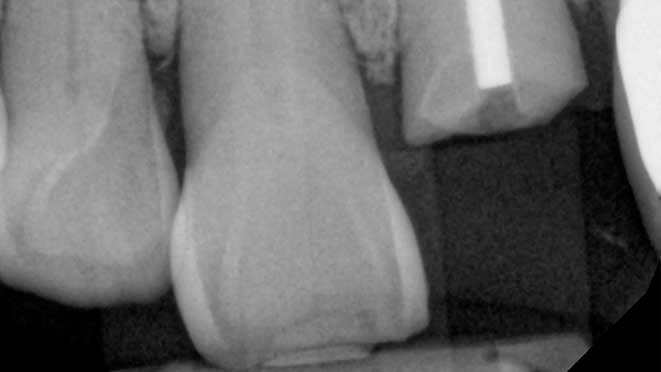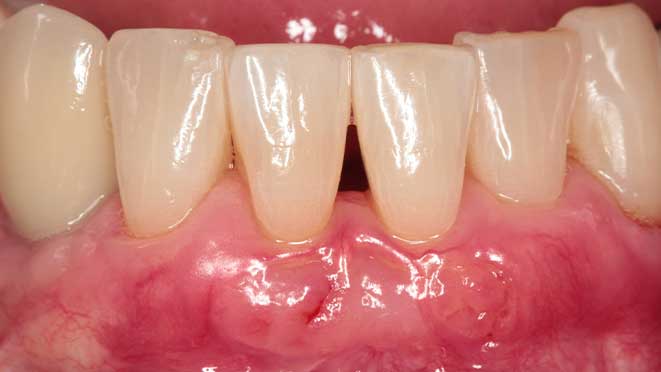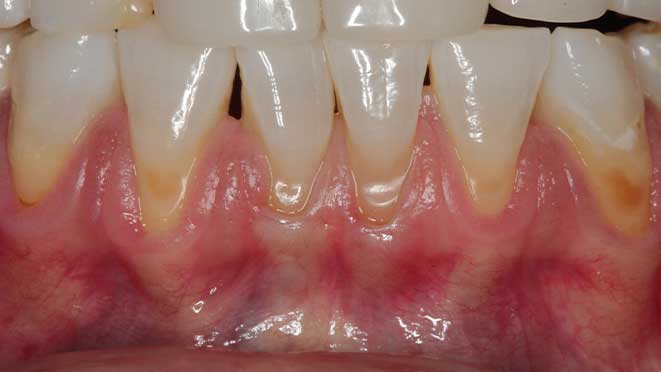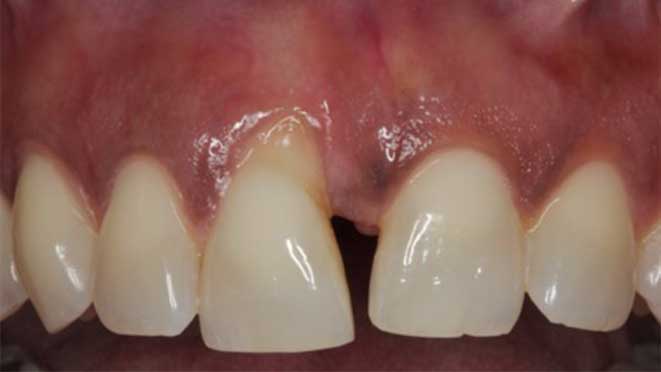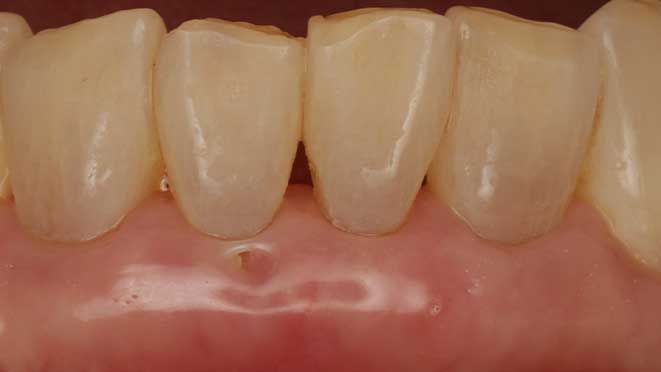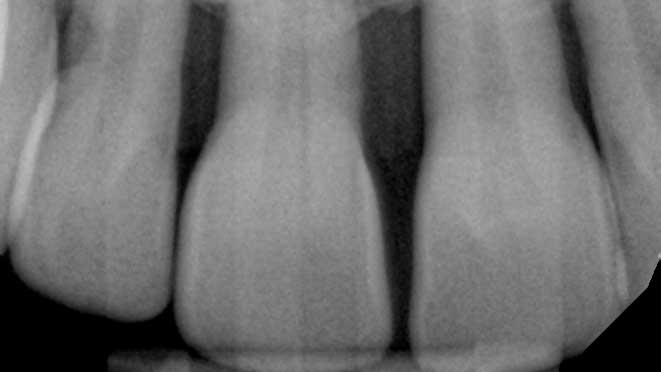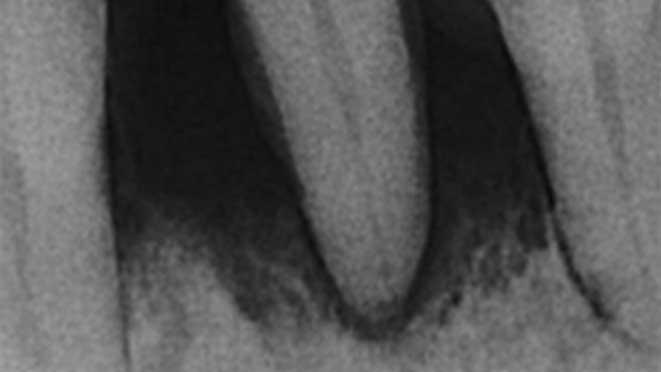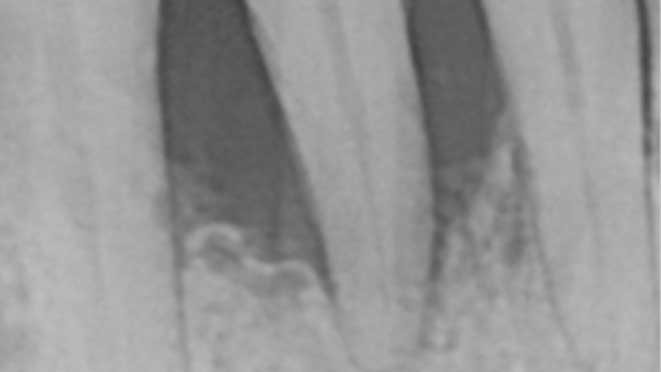When is Gingivectomy Needed
Gingivectomy may be required if the severity of your gingivitis has progressed to the point where non-surgical treatments cannot cure the condition. Early detection of gum disease can prevent the need for gingivectomy. It’s important to visit your dentist regularly for check-ups, where they can detect and deal with gum disease in its early stages.
Signs and symptoms of gum disease include bleeding gums, swollen gums, and bad breath. In severe cases, your gums may recede, and your teeth may become loose or fall out. Make sure to consult with your dentist if you experience any of these symptoms.
Alternatives to gingivectomy include scaling and root planing, a non-surgical procedure that cleans the gums and tooth roots by removing plaque and tartar.
What to Expect Before and During Gingivectomy
Before the procedure, your dentist will take an x-ray to determine the severity of the gingivitis and plan the surgery. You may need to fast before the procedure, depending on the type of gingivectomy you're having. Your dentist will explain the preparation process to you before the surgery.
During the procedure, your dentist will use a local anesthetic to numb the gums and eliminate the pain. The dentist then cuts and removes the infected gum tissues and shapes the rest of the gums accordingly. With the traditional method of gingivectomy, the gums are then sutured together. With the laser method, the laser will seal the tissue and often eliminate the need for sutures.
Pain and discomfort will only last for a short period after the procedure. Your dentist will provide advice on how to manage the pain and may prescribe pain medication if necessary.
Recovery and Post-Operative Care

After the procedure, you should rest and avoid strenuous activities for three to four days. It is recommended that you stick to soft and liquid foods until your gums heal. Avoid hot and spicy foods because they can irritate your gums. You should also maintain good oral hygiene by brushing and flossing daily but taking care to be gentle and avoid the surgical area.
You will have a follow-up appointment with your dentist to check how your gums are healing. The frequency of these appointments will depend on how severe your gingivitis was. Some patients may require more than one follow-up appointment to ensure proper healing and catch any issues that may arise.
Risks and Complications
As with any surgery, there are potential risks associated with gingivectomy, including bleeding, infection, pain, and discomfort. While these risks are rare, it's important to know what they are.
To prevent risks and complications, follow your dentist's post-operative instructions carefully, maintain good oral hygiene to prevent infection and avoid smoking and alcohol consumption.
Conclusion
Gingivectomy may be a necessary procedure to alleviate the symptoms of gingivitis and prevent severe gum disease. It is a relatively straightforward procedure that has been used successfully for many years. If you're considering gingivectomy, talk to your dentist, and ask questions to ensure you are comfortable with the procedure.
Remember that good oral hygiene is the key to preventing gum disease, and maintaining good hygiene practices is important before and after the procedure. Follow your dentist's instructions, and make sure to attend follow-up appointments to ensure that your healing process is monitored.
With the right care and attention, you can reduce your risk of severe gum disease and maintain a healthy smile for life.





